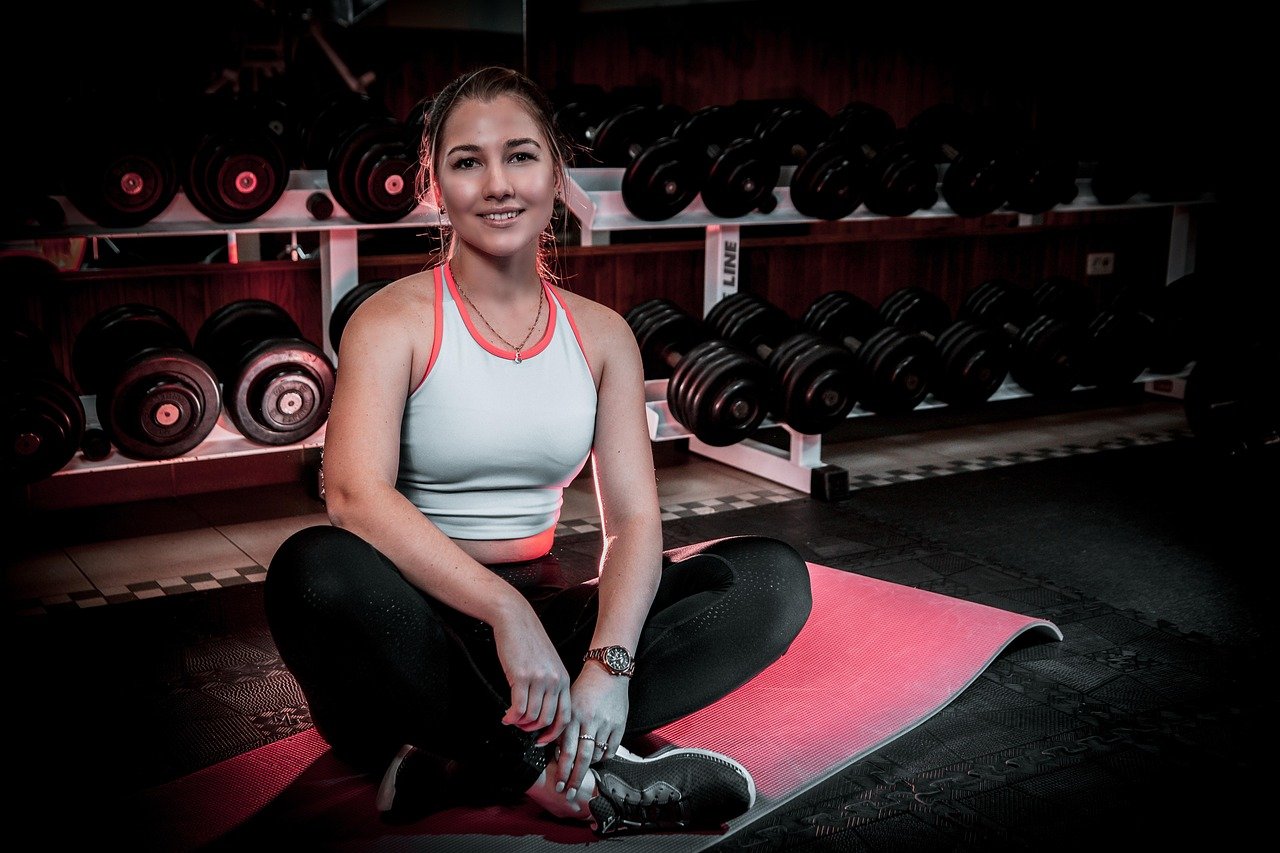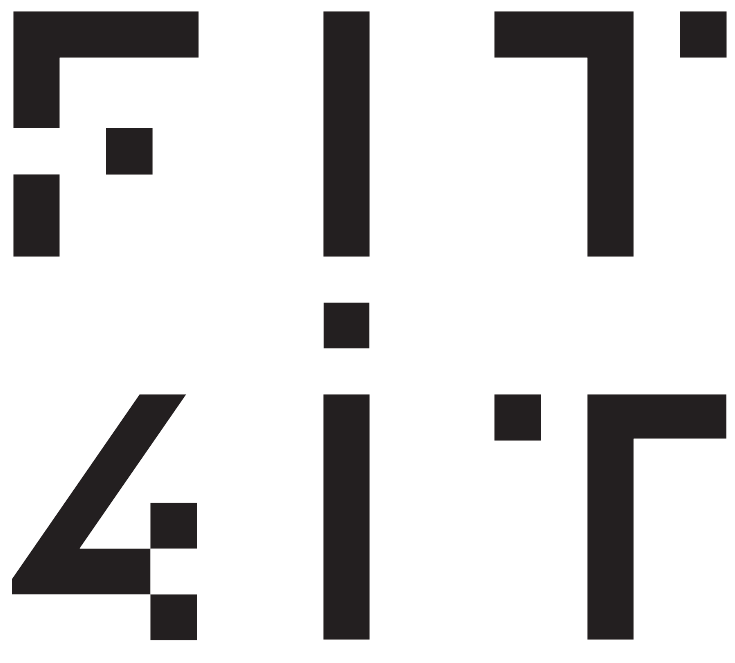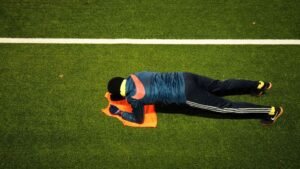Modern life has quietly trained us to stay still. From marathon work sessions in front of screens to long commutes and digital downtime, hours can slip by without meaningful movement. It may feel normal, after all, sitting has become a cultural default. But to your body, it’s a signal of stillness that carries serious consequences.
When movement disappears from your daily rhythm, your nervous system interprets it as a need to conserve energy. Over time, this “energy-saving” response slows metabolism, reduces oxygen flow, and even alters how your body stores fat. The connection between posture and weight gain is also about how your body’s internal communication system reacts to inactivity, reshaping your health from the inside out.
For those struggling to stay active during long workdays, personal training can help retrain movement patterns and restore postural balance. Working with a life coach can also help you create healthier daily routines and mindset shifts that support consistent movement.

Poor posture limits oxygen intake, which reduces energy production.
What Does Posture Say About Your Health?
Posture is more than just how you look in a chair. It’s how your body communicates with your nervous system. When you sit for too long:
- Breathing muscles weaken: The diaphragm and intercostals (the muscles between your ribs) don’t expand fully, reducing oxygen intake.
- Circulation slows: Blood flow to large muscles is reduced, lowering nutrient delivery and waste removal.
- Oxygen drops: Less oxygen means less energy production and lower fat-burning efficiency.
The nervous system interprets all of this as inactivity. It doesn’t care that you’ve been working on strategy decks or running back-to-back calls; it only sees a body that isn’t moving. The response? Slow down metabolism, reduce fat oxidation, and conserve calories for “later.”
Why Sitting Equals Storing
Here’s the catch: your body is designed to burn fat when you move and store fat when you’re still. Long bouts of sitting tip the balance. Even if your meals stay the same, your energy expenditure drops dramatically.
Now add in the mindless desk snacking that often accompanies sedentary workdays. Reaching for chips between calls, grabbing a sugary drink to power through the afternoon, or munching on biscuits during meetings, it’s easy to rack up an extra 200-300 calories without thinking. With metabolism already slowed, those calories are more likely to be stored as fat rather than burned.
Nervous System In “Energy-Save Mode”
Think of your nervous system like a thermostat. When it senses activity, it turns up the energy use. When it senses inactivity, it dials energy use down.
Prolonged sitting keeps the sympathetic nervous system (fight-or-flight mode) on just enough to increase tension, tight hips, stiff shoulders, shallow breathing, but never enough to burn meaningful energy. At the same time, the parasympathetic system (rest-and-digest) doesn’t fully engage either. The result? A body stuck in a low-grade stress state, conserving fuel but not restoring balance.
Over time, this “energy-saving mode” leads to:
- Slower metabolism.
- Reduced fat oxidation.
- Hormonal changes that favor fat storage. (higher insulin, less growth hormone release)
- Creeping fatigue, even if you’ve technically “done nothing” all day.
It’s why so many professionals feel drained after sitting all day. The body isn’t actually resting; it’s shutting down efficiency.
The Global Picture
Sedentary living has become a global problem over the last decade.
- Global reality: About 1 in 3 adults worldwide are not active enough.
- U.S. reality: Only 1 in 4 adults meet both cardio and strength activity guidelines each week.
That means the majority of people are living in a daily cycle of too much sitting, too little movement, and too much nervous system “energy conservation.” The result? Rising rates of obesity, diabetes, cardiovascular disease, and burnout, conditions that are increasingly linked to inactivity, not just a poor inflammatory diet.
It’s Not Just About Exercise
Here’s where many people get it wrong. They think a one-hour workout can “undo” 10 hours of sitting. Unfortunately, it doesn’t work that way.
Practical Fixes For A Sedentary World
The good news? You don’t have to overhaul your life to reset the balance. Small, consistent habits send powerful messages to your nervous system. Here’s what works best:
- Movement Snacks: Every 45-60 minutes, stand up, stretch, or walk for 2-3 minutes. These “mini breaks” reset circulation, breathing, and metabolism.
- Posture Resets: When you’ve been glued to a screen for hours, your body slumps without you even noticing. A quick fix? Sit tall, roll your shoulders back, open your chest, and take five slow, deep breaths. It reactivates your breathing muscles, eases tension, and gives your nervous system a mini reset.
- Walk and Talk: Not every call needs to be taken sitting down. Stand up or pace while you’re on the phone. It’s a simple way to sneak in steps and double your movement for the day, without blocking extra time on your calendar.
- Active Commutes: Think of travel as an opportunity, not a chore. Park a little farther away, take the stairs instead of the elevator, or walk part of your route. These tiny tweaks don’t feel like “exercise,” but over a week, they add up in a big way.
- Evening Unwind: Instead of collapsing into another hour of scrolling or TV, try swapping it for a gentle walk outside or some light stretching. It tells your nervous system, the workday is over, it’s time to wind down. You’ll sleep more deeply, recover better, and feel more refreshed in the morning.
Why This Matters After 40
Hitting your 40s often feels like your body changes the rules without warning. The same habits that once worked suddenly don’t deliver the same results. That’s because, as we age, the nervous system loses some of its flexibility. Muscles naturally decline, recovery takes longer, and hormones don’t bounce back as quickly.

Slouched or static positions restrict circulation, preventing proper nutrient delivery.
This means long hours of sitting take a bigger toll. Metabolism slows more noticeably, fat storage happens faster, and those mid-day energy crashes feel harder to shake off.
For men and women over 40, getting out of the sedentary loop isn’t just about keeping the number on the scale steady. It’s about protecting what really matters: your mobility, your sharpness, your independence. Every walk, stretch, or posture reset becomes more than “exercise.” It’s an investment in staying lean, strong, and resilient for the years ahead.
Final Words
A sedentary lifestyle doesn’t just tighten your hips or give you poor posture. It sends a signal to your nervous system: we’re inactive, better conserve energy. Over time, that signal rewires your metabolism toward fat storage, even if your diet hasn’t changed.
The extra weight many professionals notice creeping in each year isn’t just about food or age. It’s the biological cost of too much sitting and not enough movement. The fix isn’t complicated. It’s about reclaiming the micro-movements, posture resets, and daily activity that tell your body it’s safe to burn energy.
Because the truth is, sitting may become chronic stress, and you will not even realize it. But every time you stand up, stretch, or move, you remind your nervous system what it was built for: energy, resilience, and balance.
References & Further Reading
- World Health Organization (WHO) – Physical inactivity: A global public health problem https://www.who.int/news-room/fact-sheets/detail/physical-activity
- Centers for Disease Control and Prevention (CDC) – Adults need more physical activity https://www.cdc.gov/physical-activity-basics/guidelines/adults.html
- Mayo Clinic Proceedings – Too Much Sitting: A Health Hazard https://www.mayoclinicproceedings.org/article/S0025-6196(11)61198-1/fulltext
- American Journal of Preventive Medicine – Sedentary behavior and health outcomes: an overview of systematic reviews https://www.ajpmonline.org/article/S0749-3797(10)00691-1/fulltext
- Harvard T.H. Chan School of Public Health – The dangers of sitting: why sitting too much is bad for your health https://www.hsph.harvard.edu/news/hsph-in-the-news/the-dangers-of-sitting/
- National Institutes of Health (NIH, PubMed) – Prolonged sitting and risk of chronic diseases https://pubmed.ncbi.nlm.nih.gov/22890825/
- British Journal of Sports Medicine – Sedentary behavior and health: systematic review and meta-analysis of prospective studies https://bjsm.bmj.com/content/49/11/737
Was this helpful?
Good job! Please give your positive feedback
How could we improve this post? Please Help us.






No Comments